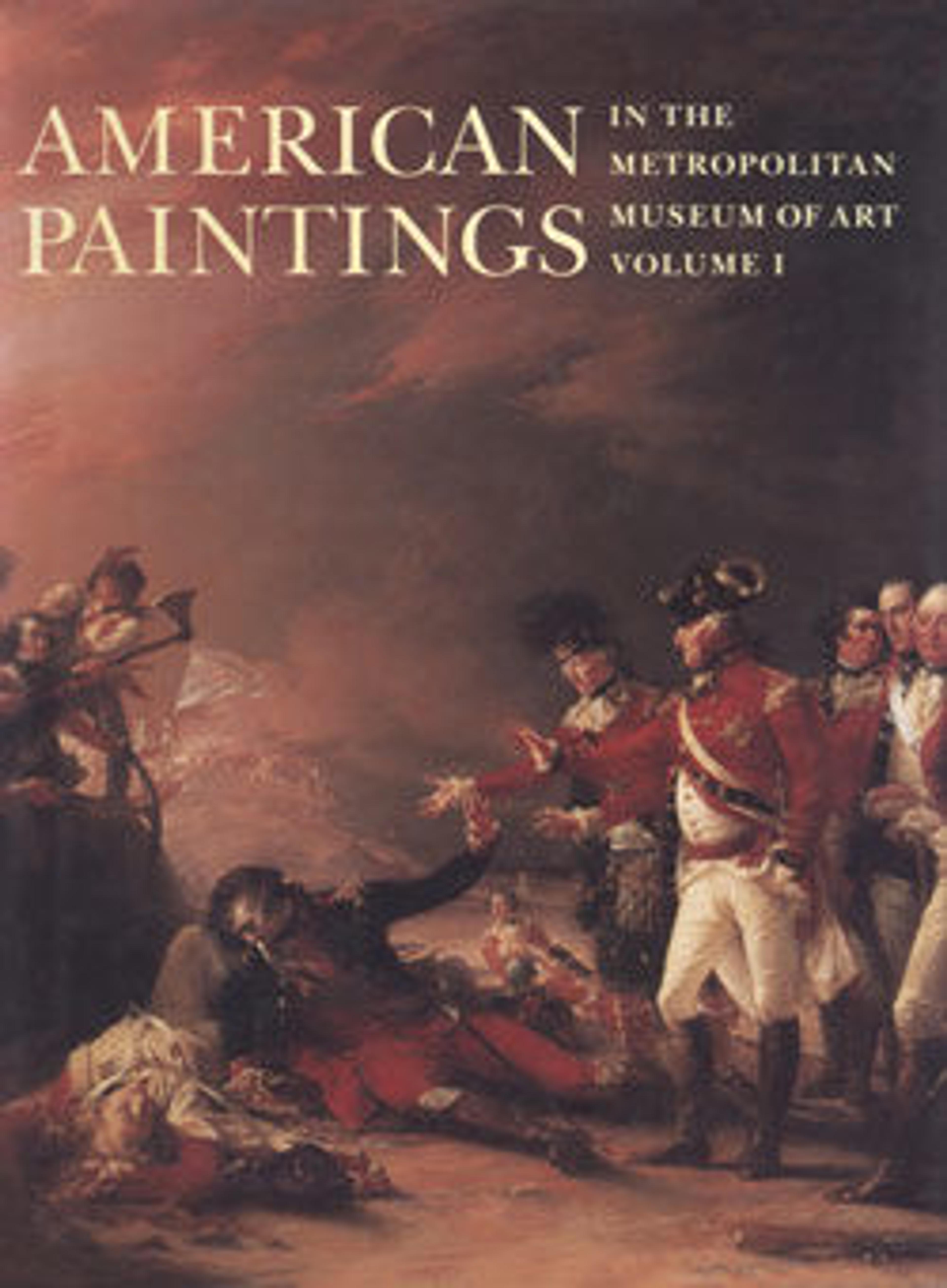Gabriel Manigault
Portraits of the South Carolina Manigault family patriarch and matriarch (28.126.2) by Charleston’s leading 18th-century painter, the Swiss-born Jeremiah Theus, document two centuries of aristocratic privilege as well as the material afterlives of what made it possible. Son of a French Huguenot merchant, Manigault was considered the wealthiest man in colonial South Carolina, who supported the revolutionary cause with his private fortune derived from rice plantations run by slave-labor. He reportedly counted nearly 300 enslaved individuals as his property at one time.
These works also hold a history of the family’s declining fortunes post-emancipation. In 1867, a descendant, Charles Izard Manigault, recorded how the paintings were defaced (see black-and-white images), likely after their removal to the family’s Silk Hope plantation for safe-keeping during the Civil War. Recent scholarship has proposed this deliberate disfigurement of the canvases as acts of iconoclasm and rebellion by formerly enslaved residents of Silk Hope.
These works also hold a history of the family’s declining fortunes post-emancipation. In 1867, a descendant, Charles Izard Manigault, recorded how the paintings were defaced (see black-and-white images), likely after their removal to the family’s Silk Hope plantation for safe-keeping during the Civil War. Recent scholarship has proposed this deliberate disfigurement of the canvases as acts of iconoclasm and rebellion by formerly enslaved residents of Silk Hope.
Artwork Details
- Title: Gabriel Manigault
- Artist: Jeremiah Theus (American, Chur, 1716–1774 Charleston, South Carolina)
- Date: 1757
- Culture: American
- Medium: Oil on canvas
- Dimensions: 30 x 24 in. (76.2 x 62.2 cm)
- Credit Line: Fletcher Fund, 1928
- Object Number: 28.126.1
- Curatorial Department: The American Wing
More Artwork
Research Resources
The Met provides unparalleled resources for research and welcomes an international community of students and scholars. The Met's Open Access API is where creators and researchers can connect to the The Met collection. Open Access data and public domain images are available for unrestricted commercial and noncommercial use without permission or fee.
To request images under copyright and other restrictions, please use this Image Request form.
Feedback
We continue to research and examine historical and cultural context for objects in The Met collection. If you have comments or questions about this object record, please contact us using the form below. The Museum looks forward to receiving your comments.
